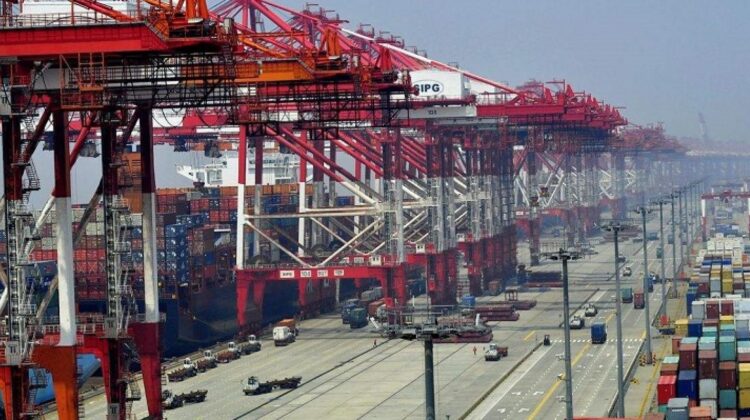
China’s export dominance is getting stronger, not weaker
BEIJING : Negative views on China’s economy are easy to come by these days. Beyond headlines about defaulting property developers, record youth unemployment, slowing economic growth and increasing signs of deflation, there is growing sentiment that China’s status as the world’s dominant exporter is diminishing as importing countries look to diversify their sourcing.
The reality is more nuanced. As manufacturing of certain goods is shifted to other locations to reduce costs or to mitigate supply chain risks, indigenous Chinese supply chains focused on green technology products are thriving. Exports of these goods are booming even as overall overseas shipments are falling, with the pace of decline reaching 6.4% in October from a year earlier.
The result is a significant rebalancing of China’s exports, even as the country remains firmly ensconced as the world’s largest exporter of goods. Indeed, China’s share of Asia’s exports to the rest of the world in value terms has been roughly unchanged since 2017, at about 36%, according to an analysis by S&P Global Market Intelligence.
Data assembled by sister company S&P Global Ratings show how Chinese exports of products assembled from components involving international supply chains have been stagnant over the past decade even as shipments involving domestic supply chains have been rising sharply. The service’s analysts call this “an important shift in China’s export-oriented manufacturing sector.”
The relocation of supply chains is picking up speed, with multinationals moving production sourcing from China to locations across Southeast Asia, Eastern Europe, North Africa and Latin America. One large global freight forwarder said his company gets calls every day from companies looking to rearrange their shipments of components and finished products due to reshoring.
China now accounts for 39% of containerized ocean freight imports into the U.S. This is still far more than any other country, but down from 46% in 2018. Meanwhile, as China’s share of U.S. imports has dropped, those of a cast of countries including Vietnam, Thailand, Malaysia, Bangladesh, South Korea, India, Indonesia and Turkey have been rising.
This phenomenon began before COVID-19 due to rising labor costs in China. It then accelerated as the pandemic wound down as risk mitigation became a mantra of supply chain planning due to worries that a new shock could occur at any time whether because of geopolitics, weather, cyberattacks or another public health crisis.
Author :
Mr. Peter Tirschwell is Vice President for supply chains at S&P Global Market Intelligence and Chairman of the TPM Ocean Container Supply Chain conference.

